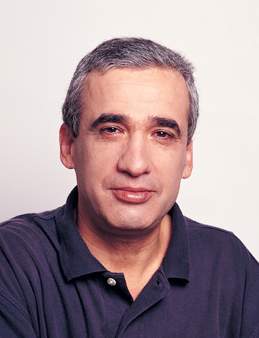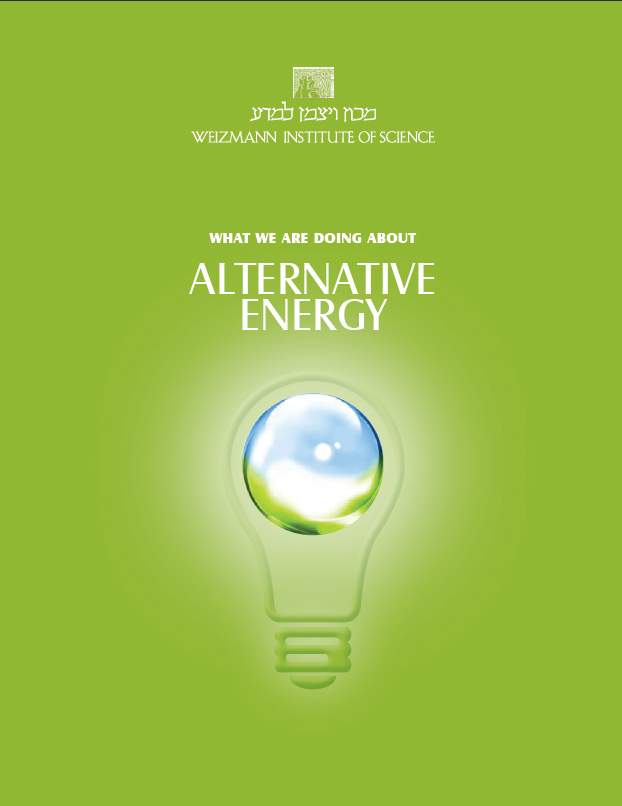 The Weizmann Institute has long been a leader in developing innovative solar energy science and technology. Since the 1980s, the Solar Tower research complex, presently headed by Prof. Jacob Karni, has enabled solar research to move from the lab to pilot scales.
The Weizmann Institute has long been a leader in developing innovative solar energy science and technology. Since the 1980s, the Solar Tower research complex, presently headed by Prof. Jacob Karni, has enabled solar research to move from the lab to pilot scales.The tower complex consists of 64 large mirrors – the heliostat field – arrayed at the base of the tower. These mirrors move in carefully calculated arcs to catch the sun’s rays and direct them to one of several experimental stations on the tower, or to another mirror high up on the building that directs the concentrated beam of light downward to equipment at ground level.
Temperatures after concentration can reach up to 1,000°C – higher if secondary concentration devices are used. A solardriven gas turbine developed in the Solar Tower has a higher efficiency than that of current steam turbines. Other innovations include the ”porcupine” – a unique solar receiver built of radiation-absorbing ceramic pins arrayed behind a quartz window. This invention, properly named the Directly Irradiated Annular Pressurized Receiver, or DIAPR, is designed to absorb the maximum amount of sunlight while withstanding the high temperatures and pressures of compressed air, which has been heated to the temperatures used for driving turbines. One idea for the commercialization of the solardriven gas turbine is to create hybrid power stations that on cloudy days can run on conventional fuels.
In addition to producing electricity, Institute scientists are working on various methods for producing fuel, especially hydrogen. Some of the more promising areas of investigation involve using solar energy to drive chemical reactions.
Metals such as zinc or boron, which exist naturally in oxides – chemical compounds in which the atoms are bound to oxygen – can be converted thermally to a pure form in solar plants. The pure metal can then be carried in a fuel cell, where, mixed in controlled amounts with water, a chemical reaction will release hydrogen, leaving behind metal oxide to be recycled in the solar plant.
In addition, research is in progress on methods for using solar energy to convert a number of different materials into environmentally friendly fuels. These include producing syngas or hydrogen from methane by various methods. Another project involves the solar processing of biomass such as organic waste using a unique process for the gasification of wet biomass to produce hydrogen-rich gases for fuel.
Prof. Karni's research is supported by the Sussman Family Center for the Study of Environmental Sciences; the Angel Faivovich Foundation for Ecological Studies; Mr. Ilan Gluzman, Secaucus, NJ; Mr. Jack Halpern, New York, NY; and Mr. S. Donald Sussman, New York, NY.






















